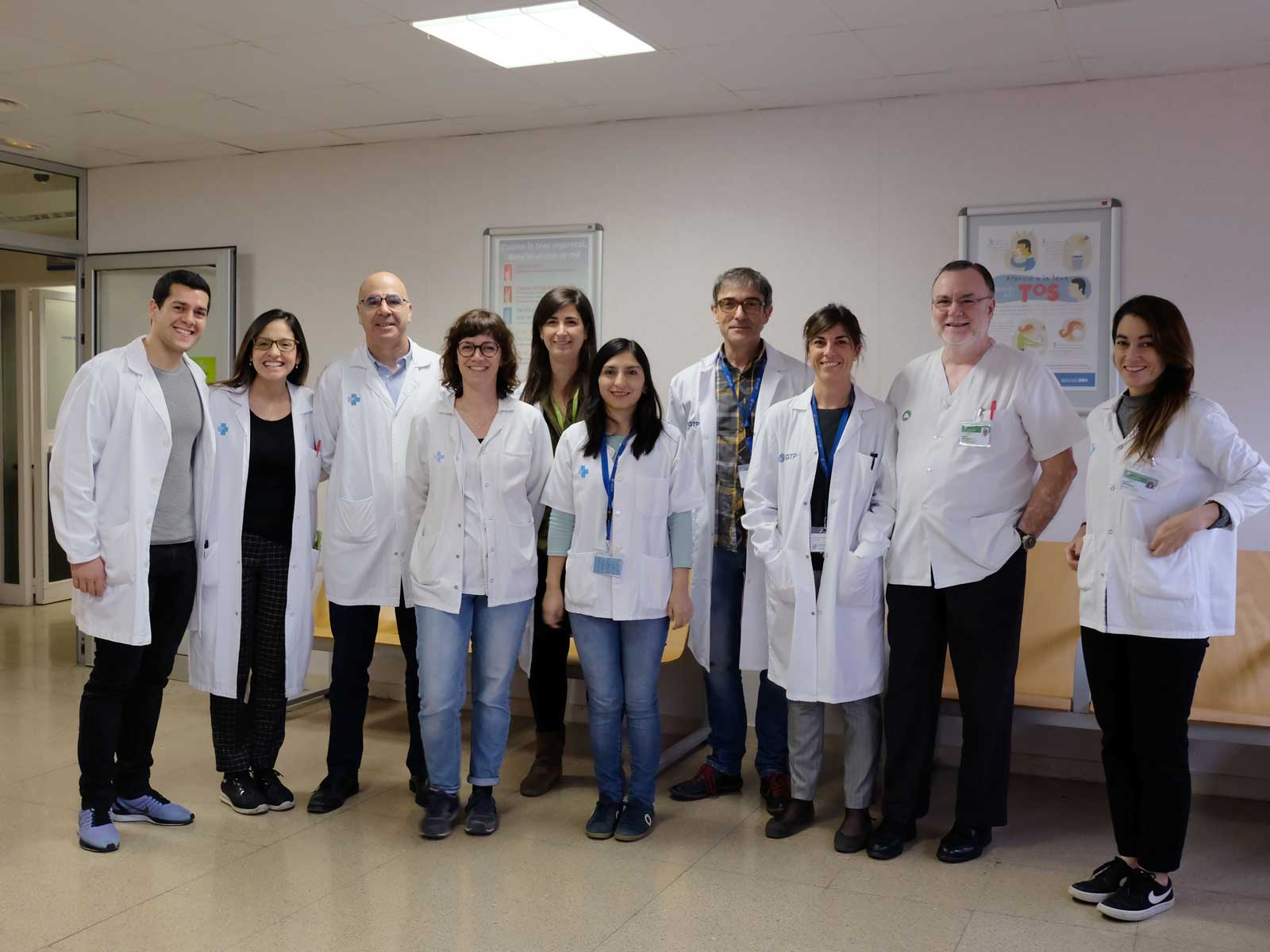A new gene associated with the maintenance of the protective barrier in the intestine has been identified, this is a key factor in Crohn’s disease

The maintenance of the lining of the gut is essential to cope with the hostile conditions created by digestion and the many functions it has to fulfil, so any failure in the repair mechanisms can cause a range of diseases. Crohn's disease (CD) is a complex inflammatory disease that can affect different parts of the gut in different people. It causes a range of symptoms from abdominal pain to life-threatening complications and can be a debilitating illness. The mechanisms of what exactly is happening in the gut of CD sufferers is still not known, so most therapies concentrate on alleviating the symptoms.
In a study published recently in The American Journal of Physiology, a group of researchers from the IGTP have used transcriptomics, a method to identify which genes are functioning at a particular time and place, to identify a gene called TMIGD1, which is associated with cell recovery and tissue repair. They also found that was under functioning in samples from their CD patients. The Digestive Inflammatory Pathology Group, is a multidisciplinary group with researchers from the Germans Trias i Pujol Research Institute (IGTP), the Gastroenterology Service of the Germans Trias i Pujol Hospital and the CIBER-EHD Spanish research network. Josep Manyé, leader of the laboratory group at the IGTP explains how the study was conceived, "CD is an incredibly complex disease so we decided to take advantage of the huge amounts of information now available to connect the data from our own CD patients with data on biological processes available in research databases by using computer analysis technology. With this reductionist system we pin-pointed a gene called TMIGD1 which is associated with the maintenance of the barrier between cells and the contents of the intestine and found that indeed, it is not functioning properly in our patients, especially in the ileum at the end of the small intestine."
The team carried out a series of further studies comparing samples of both inflamed and uninflamed tissue samples from CD patients and also healthy tissue samples from people without CD. They showed that TMIGD1 normally functions in cells called enterocytes and that its activity is affected by low oxygen levels, but not by factors normally associated with loss of oxygen, particularly the body mass of the individual. Neither was it affected by proinflammatory cytokines; chemicals used by the immune system to control inflammation.
"All these findings point to the loss of function of TMIGD1 being due to some intrinsic factors of CD, not to external causes," explains Yamile Zabana, first author on the paper.
"This work has considerably narrowed down our targets," concludes Manyé. "We will now follow up on this to find out more about the mechanisms involving TMiGD1 in CD patients. This type of information about the process is essential to be able to design more personalized treatments for different groups of patients, depending on the characteristics of their particular form of CD."
Original article
Transcriptomic Identification of TMIGD1 and Its Relationship with the Ileal Epithelial Cell Differentiation in Crohn's Disease. Zabana et al, Am J Physiol Gastrointest Liver Physiol. 2020 Jun 8. doi: 10.1152/ajpgi.00027.2020. Online ahead of print.
Funding
This work was funded by the ISCIII‐General Evaluation Branch and European Regional Development Fund, which is integrated in National R+D+I (FIS: PI09/1294, PI12/00621 and PI18/00892) and supported by CIBER‐ACCES 2016 program (EHD16PI02).
